الدراسات المستمرة لتحليل العظام
Skeletal analyses from the Tombos project were recently presented at conferences. We welcome feedback on the ongoing research.
Sarah Schrader (2016). Socializing Violence: Interpersonal Violence Recidivism at Abu Fatima (Sudan). Invited Poster Symposium – Injury Recidivism and Violence: Perspectives from Bioarchaeology and Forensic Anthropology. 85th Annual Meeting of the American Association of Physical Anthropologists, Atlanta.
Abagail Breidenstein, Michele Buzon & Maureen Devlin (2016). Detection of Tetracycline in New Kingdom Nubian Remains from Tombos. 43rd Annual North American Meeting of the Paleopathology Association, Atlanta.
قدمت حديثاً دراسات تحليلية للعظام المتحصل عليها من مشروع تمبس في مؤتمرات و نرحب هنا بكل الملاحظات و التعليقات علي دراساتنا المستمرة
سارة شرادة (2016). العنف كتفاعل أجتماعي: معدل تكرار ألأصابات نتيجة العنف لدي الفرد بأبو فاطمة (السودان). ملصقات الندوة – معدل تكرار الاصابات و العنف: وجهات نظر من خلال علم الآثار البايولوجي و علم أنثربولوجيا الطب الشرعي. الملتقي السنوي الـ 43 بامريكا الشمالية لعلماء دراسة العظام الأنثربولوجية. أطلانتا
أباقيل بردنستين، ميشيل بوذون و موارين دفلين (2016). أكتشاف مضاض حيوي تتراسايكلين في مخلفات نوبية بتمبس تعود لفترة المملكة الحديثة. الملتقي السنوي الـ 43 بامريكا الشمالية لعلماء دراسة العظام الأنثربولوجية. أطلانتا
For higher resolution pdfs, click here:
أضغظ هنـا لنصوص عالية الجودة
Detection of Tetracycline
Socializing Violence
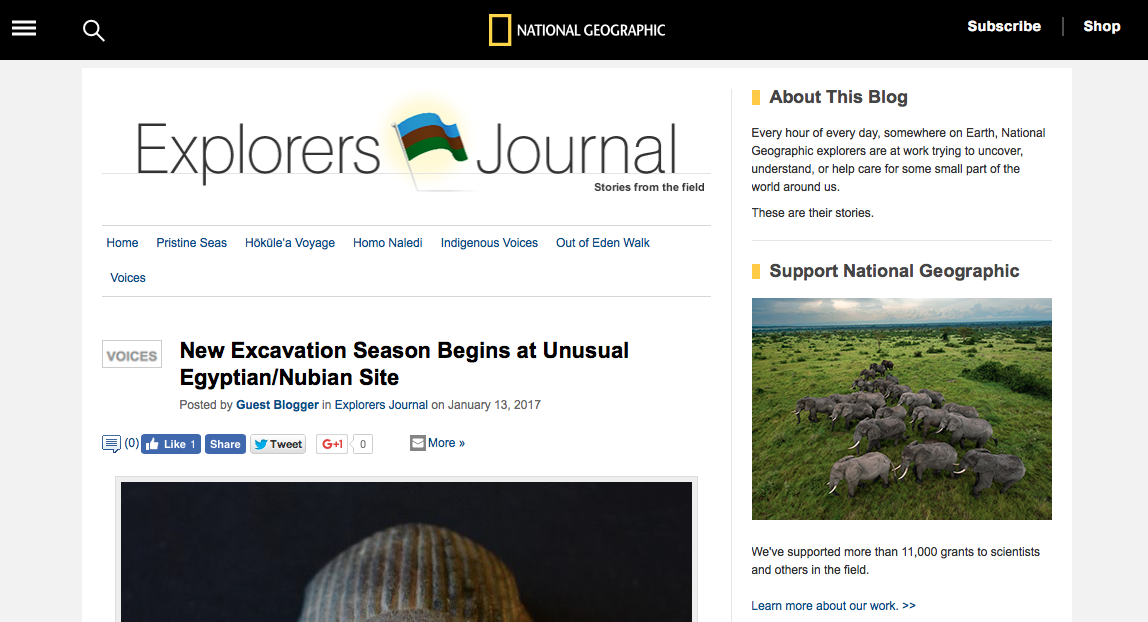
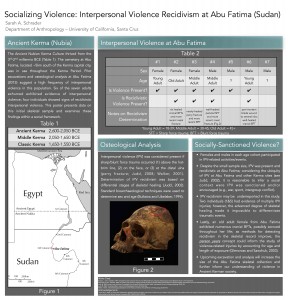
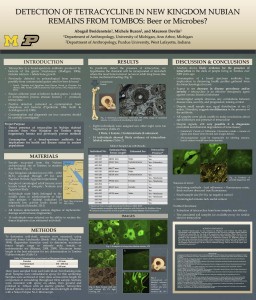
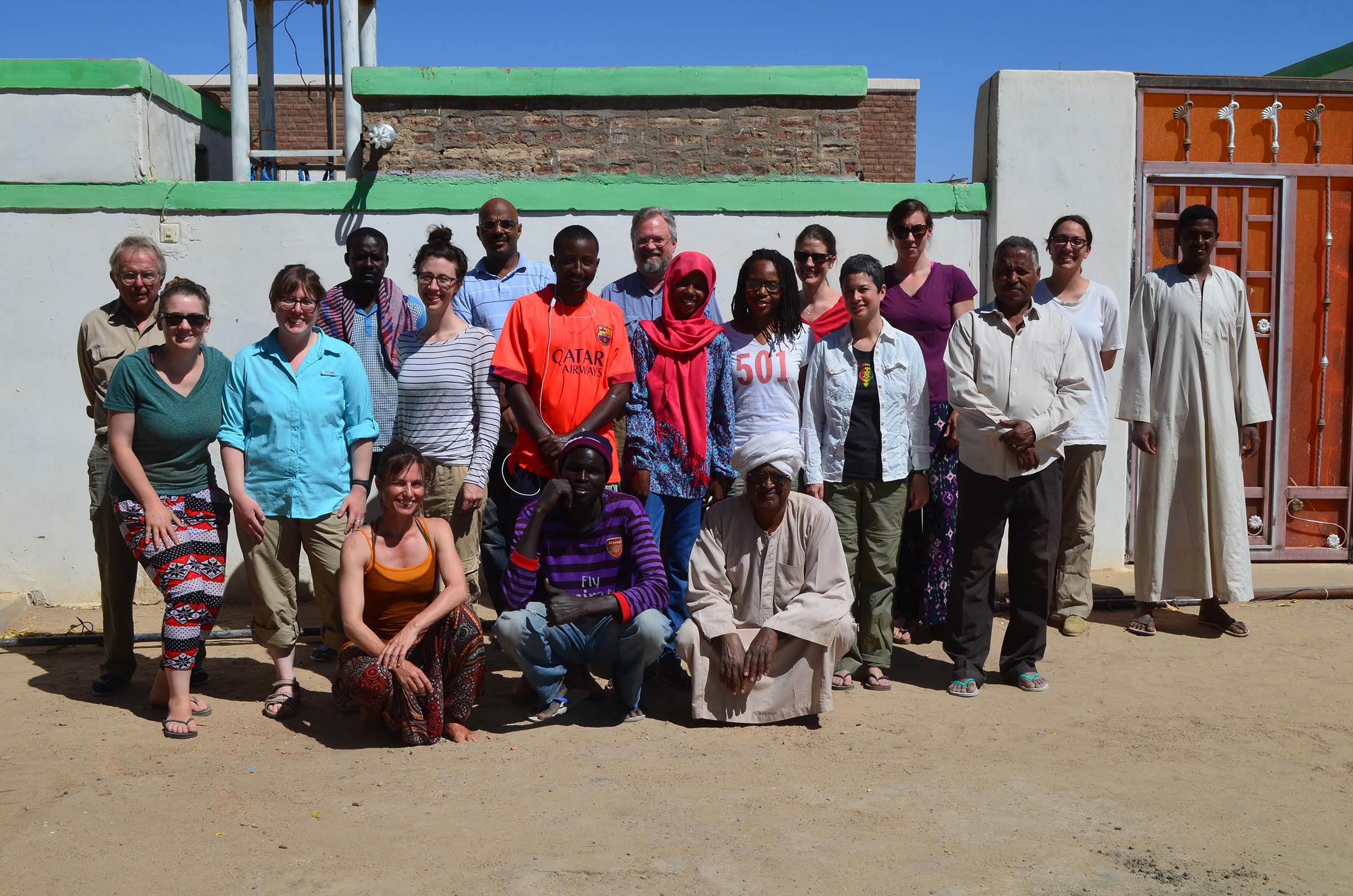
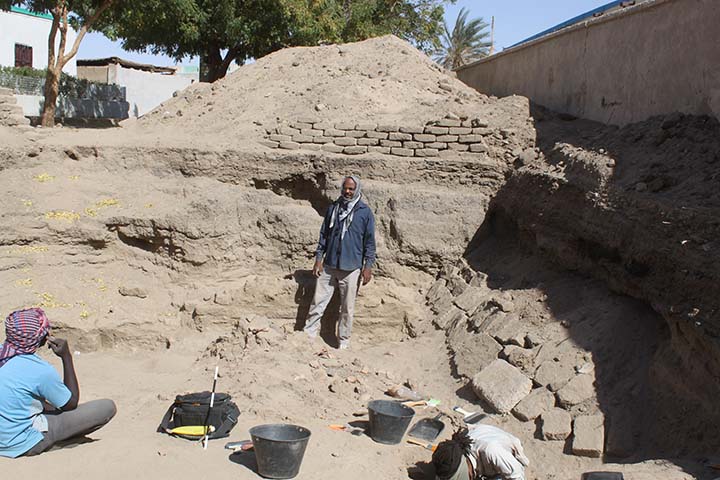
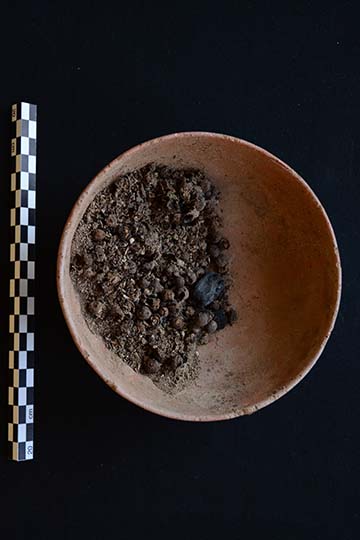
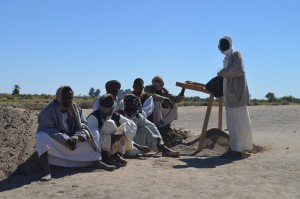
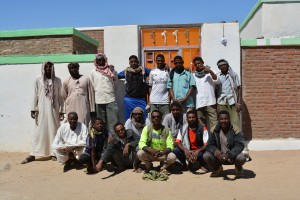
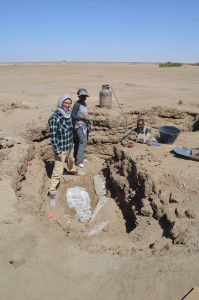
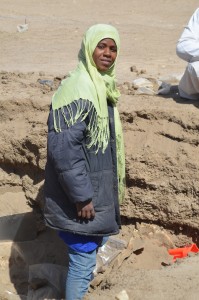
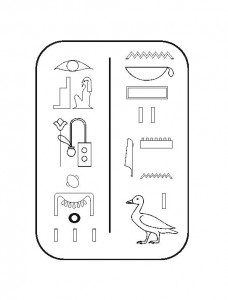
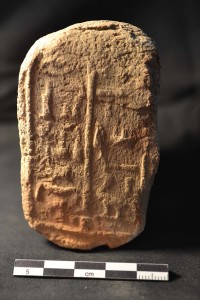
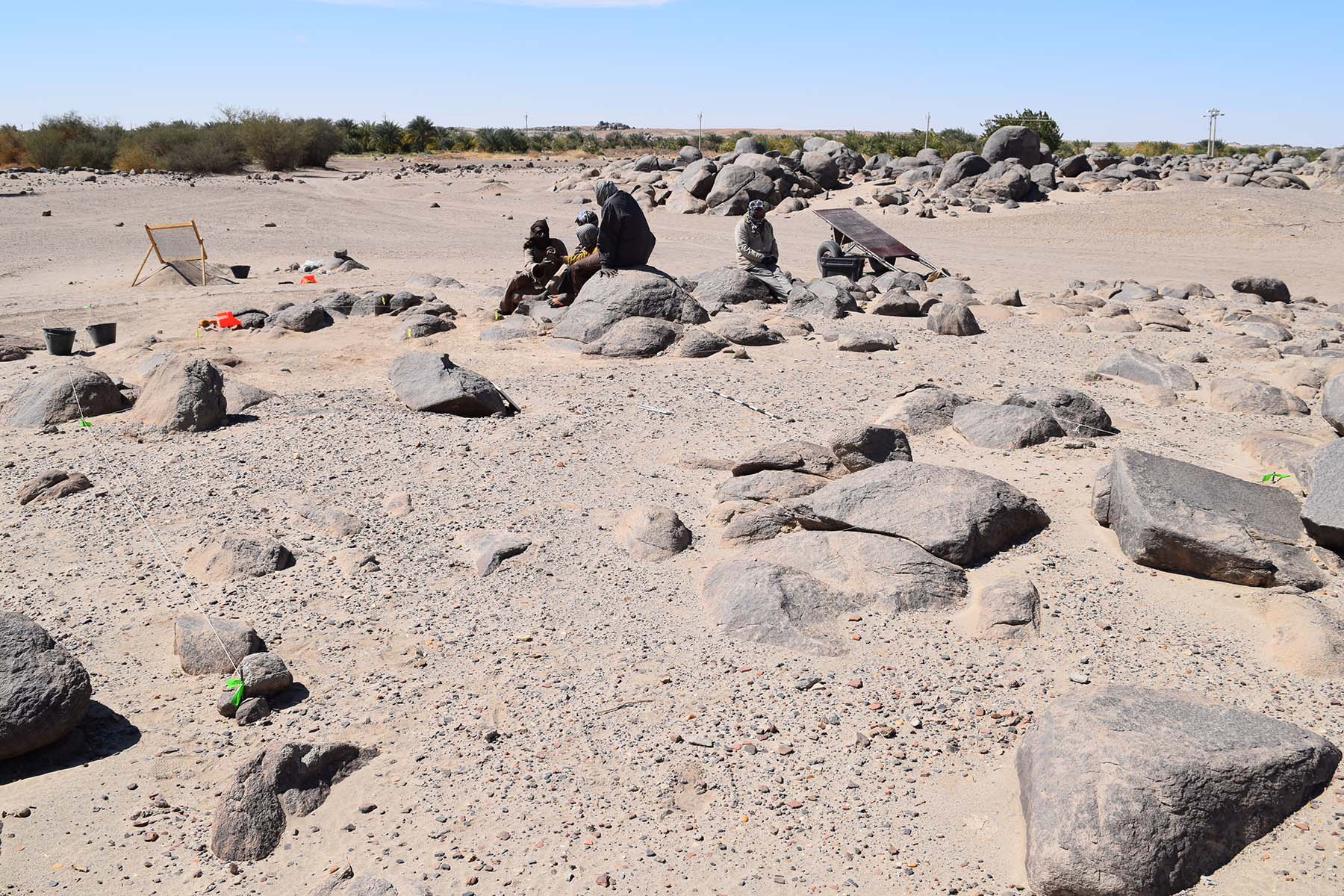
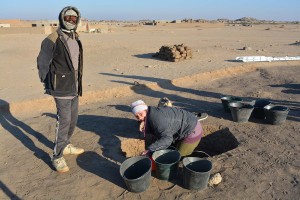
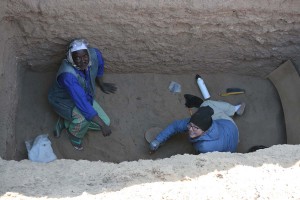
Recent Comments